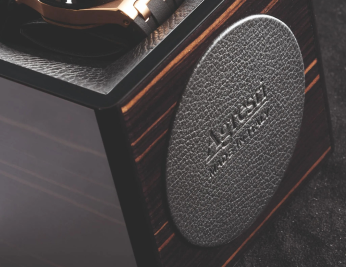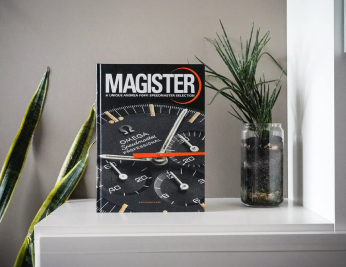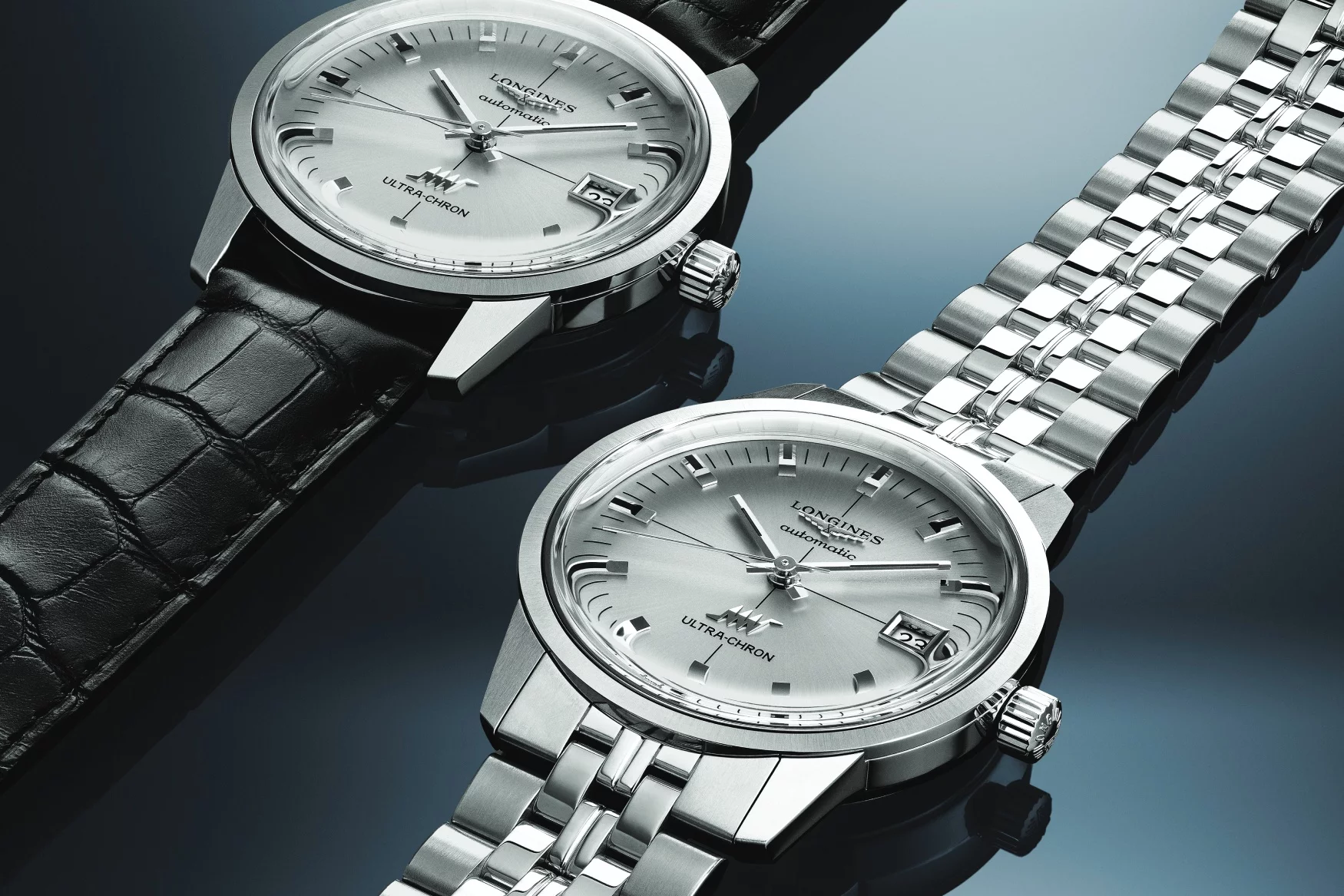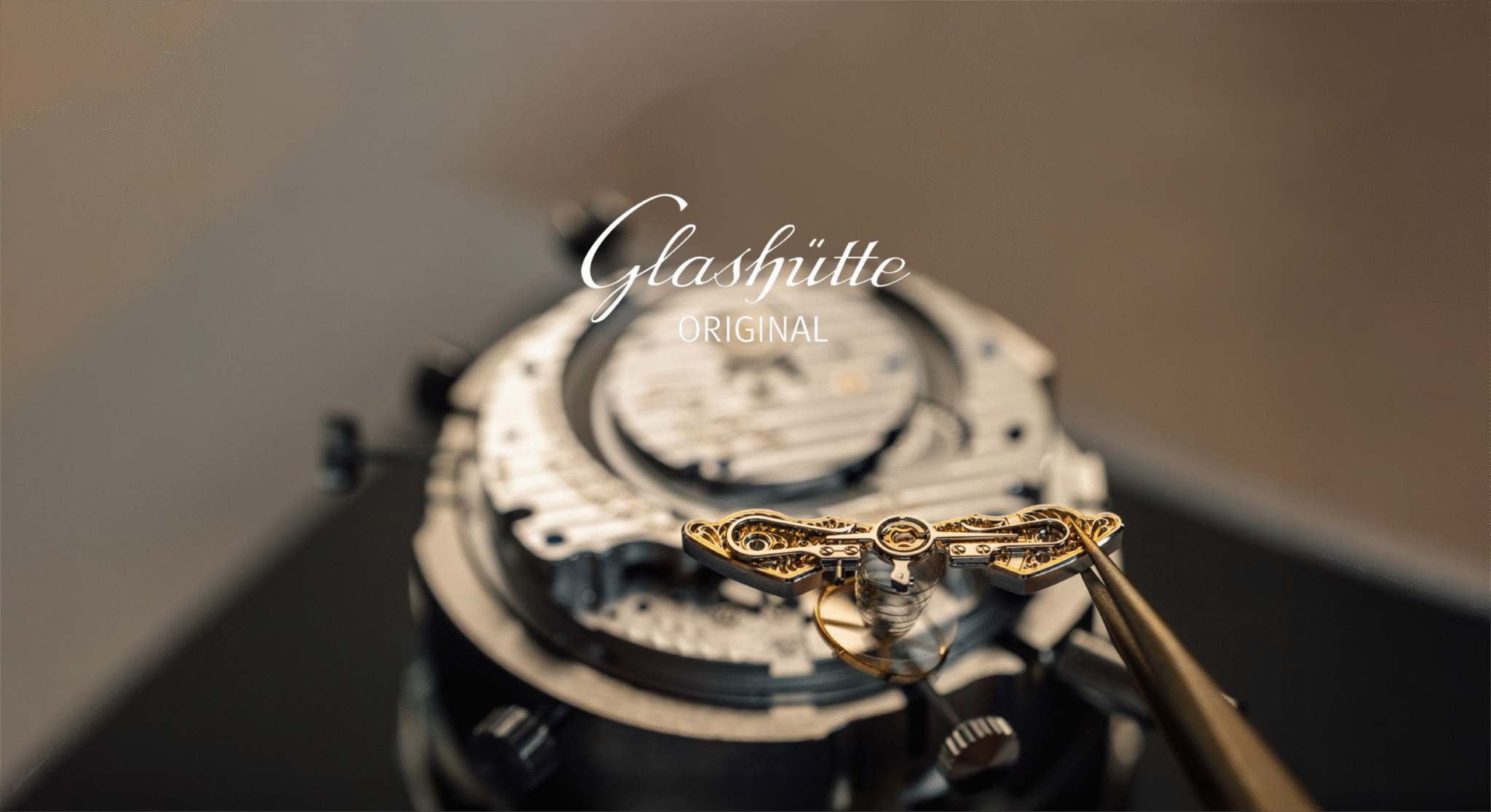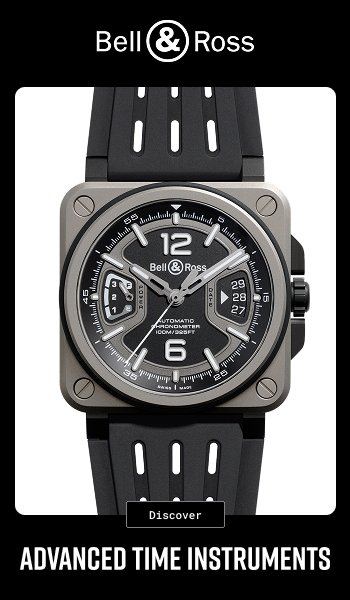Since 2019, the world of luxury has been experiencing an uninterrupted succession of staggering increases. Every year, the historic maisons and giants of the industry gradually adjust their price lists, often annually, sometimes even every six months, transforming the question of price not into a mere accounting item, but into a narrative element capable of orienting the very perception of luxury.

Just weeks after a similar decision by Van Cleef & Arpels, a “sister” maison within the Richemont Group, on May 15 this year, Cartier is introducing a global list review, the first significant realignment since April 2023.
This is not, however, a mechanical adjustment or a purely administrative measure. The Parisian fashion house is taking a more selective and calibrated approach than previous interventions, aiming to protect certain historical lines ( Love Bracelets, for example, have not undergone any changes either in the United States or in Europe) and instead concentrating increases on precise references, as if to balance the need for realignment with the need not to upset the perceptual balance that binds certain models to their customers.
In the United States, rises range from a low of 2.4 percent to a high of 18.8 percent, while in Europe the average increase is 6.6 percent. The most pronounced price increases, in some cases more than 15 percent, affect, among both jewelry and watches, smaller models and those embellished with diamonds, particularly Baignoire and Panthère.

In this sense, Cartier’s intervention appears very different from the policies of brands such as Hermès, Chanel or Dior, which in recent years have accustomed us to generalized increases, often in the double digits, generating reactions of impatience when the euphoria of post-pandemic consumption began to cool. Cartier, on the contrary, seems to want to reiterate a principle of caution and restraint, as if to distinguish itself from its competitors while remaining within the same logic of value reinforcement.
Cartier prices under control: Richemont avoids major increases despite US duties
Of course, behind every increase there is a range of explanations.
The first, the most obvious and immediate, concerns rising costs: more expensive raw materials, more expensive labor, logistics chains burdened by a complex geopolitical environment. However, as several analysts note, if inflation were really the only factor at play, the rises would not be much more than a few percentage points. Instead, the figures tell something else: double-digit increases that find in the inflation narrative a kind of justifying veil, useful to normalize choices that respond to much more articulated dynamics.
Indeed, a not insignificant part of the increases is related to the new regulatory and tax environment of 2025. In the U.S., the second phase of tariffs on leather goods and watch components from China went into effect, with an additional 10 percent tax.
In Europe, the CBAM has introduced reporting requirements and new taxes on goods with a high CO₂ footprint, which for watches and jewelry translates into an approximately 2 to 3 percent surcharge on import costs. Finally, in Australia, a 5 percent tax on luxury goods above A$3,000 is the government’s direct response to European measures.
These are compounded in the United States by new tariffs imposed by the Trump administration that will come into active effect from early August, completing a global scenario in which it costs significantly more to produce, transport and distribute than it did just a few years ago.
Also not to be forgotten is the issue of so-called “price harmonization,” which for Richmond Chairman Johann Rupert, is an important element. The big maisons, and Cartier first and foremost, have long been committed to narrowing the gap between different markets, so as to hinder arbitrage by parallel retailers, who take advantage of currency differences to buy in countries and resell elsewhere at very high margins.
Yet, there is also another level of reading, less obvious but equally crucial: that of finance. Cartier, like IWC, Vacheron Constantin, or Van Cleef & Arpels, belongs to the Richemont Group, a publicly traded behemoth and thus bound to ensure steady growth and profitability. Swatch Group and LVMH, with their flagship brands, operate within the same framework: every quarter, shareholders expect rising profits, which translates into constant pressure on margins.
Price increases thus become not only a measure of survival, but a real instrument of governance. In this sense, independent brands represent a voice out of the chorus: Rolex, which alone has about 30 percent of the market and operates as a nonprofit foundation, has adopted a very different strategy. The same is true for Patek Philippe, Audemars Piguet, and Richard Mille, which, while not bound by shareholder logic, have chosen to progressively push up the perception of their product.

Average percentage increase in U.S. retail prices by brand in Q2 2025 (2Q25), based on analysis of LfL models between April 1 and July 1, 2025.
Richemont overcomes luxury crisis with +6% in sales, driven by Cartier jewelry
To better understand the impact of the rises, let’s take a closer look at the data on Cartier collections.
| Model | Variant – Material and Stone | Previous price (€) | New Price, May 2025 (€) | Increase (%) | Previous price ($) | New Price, May 2025 ($) | Increase (%) |
| Love ring, classic model | 18k yellow gold | € 1.350,00 | € 1.380,00 | 2.2% | $1,250 | $1,280 | 2.4% |
| Love ring, classic model | Platinum | € 4.300,00 | € 4.400,00 | 2.3% | $4,000 | $4,100 | 2.5% |
| Love ring, classic model, 3 diamonds | 18k yellow gold, diamonds | € 4.450,00 | € 4.500,00 | 1.1% | $4,100 | $4,200 | 2.4% |
| Love ring, small model, pavé | 18k rose gold, diamonds | € 7.850,00 | € 8.000,00 | 1.9% | $7,250 | $7,900 | 8.9% |
| Love bracelet, small model | 18k yellow gold | € 5.150,00 | € 5.350,00 | 3.8% | $4,750 | $4,950 | 4.2% |
| Love bracelet, classic model | 18k yellow gold | € 7.950,00 | € 7.950,00 | Unchanged | $7,350 | $7,350 | Unchanged |
| Love bracelet, classic model, 4 diamonds | 18k white gold, diamonds | € 13.700,00 | € 13.700,00 | Unchanged | $12,700 | $12,700 | Unchanged |
| Love bracelet, classic model, 10 diamonds | 18k yellow gold, diamonds | € 18.500,00 | € 18.500,00 | Unchanged | $17,100 | $17,100 | Unchanged |
| Juste un Clou bracelet, small model | 18k yellow gold | € 3.900,00 | € 4.100,00 | 5.1% | $3,600 | $3,800 | 5.9% |
| Juste un Clou bracelet, small model | 18k rose gold, diamonds | € 5.450,00 | € 5.750,00 | 5.5% | $5,050 | $5,300 | 4.9% |
| Juste un Clou bracelet, classic model | 18k yellow gold | € 8.650,00 | € 8.650,00 | Unchanged | $8,000 | $8,000 | Unchanged |
| Juste un Clou bracelet, classic model | 18k yellow gold, diamonds | € 14.400,00 | € 14.400,00 | Unchanged | $13,300 | $13,300 | Unchanged |
| Clash de Cartier bracelet, medium model | 18k rose gold | € 11.000,00 | € 11.000,00 | Unchanged | $10,200 | $10,200 | Unchanged |
| Clash de Cartier bracelet, medium model | 18k white gold | € 11.700,00 | € 11.700,00 | Unchanged | $10,900 | $10,900 | Unchanged |
| Clash de Cartier bracelet, medium model | 18k rose gold, diamonds | € 31.100,00 | € 31.100,00 | Unchanged | $28,800 | $28,800 | Unchanged |
| Clash de Cartier bracelet, extra-large model | 18k rose gold, onyx, diamonds | € 4.720,00 | € 4.720,00 | Unchanged | $43,600 | $43,600 | Unchanged |
| Panthère watch, mini model | Stainless steel | € 4.000,00 | € 4.200,00 | 5% | $3,700 | $3,900 | 5.4% |
| Panthère watch, small model | 18k yellow gold & steel | € 9.000,00 | € 9.550,00 | 6.1% | $8,350 | $8,850 | 7.2% |
| Panthère watch, large model | 18k yellow gold & steel | € 11.100,00 | € 11.800,00 | 6.3% | $10,200 | $10,900 | 6.8% |
| Panthère watch, mini model | 18k yellow gold | € 22.700,00 | € 23.400,00 | 3% | $21,000 | $21,700 | 3.3% |
| Panthère watch, small model | 18k yellow gold, diamonds | € 29.800,00 | € 32.200,00 | 8.3% | $27,500 | $29,300 | 6.5% |
| Baignore watch, mini model | 18k yellow gold & leather | € 7.800,00 | € 8.850,00 | 13.4% | $7,250 | $8,150 | 12.4% |
| Baignore clock, small model | 18k yellow gold | € 14.000,00 | € 15.900,00 | 13.5% | $17,800 | $19,500 | 9.5% |
| Baignore clock, small model | 18k rose gold, diamonds | € 26.900,00 | € 29.400,00 | 9.2% | $24,900 | $27,200 | 9.2% |
| Baignore watch, mini model | 18k white gold, diamonds | € 53.000,00 | € 62.500,00 | 17.7% | $48,800 | $58,000 | 18.8% |
As the data show, the Love and Juste un Clou collections follow a similar logic: the classic models have not changed, while the small and diamond versions have seen rises of around 5 percent. For watches, too, it is mainly for the small versions, both Panthere and Baignoire, that have experienced staggering increases.
It is clear that the largest price increases are concentrated on the small and mini models, reflecting the growing appeal of these references. Confirming this, Louis Ferla, Chief Executive of Cartier, highlights in the annual report how 2025 “was characterized by the mini watches’ exceptional performance.”
From the Richemont 2025 annual report, financial results seem to confirm the validity of this strategy: the Swiss group ended the year with a 4 percent increase in sales in its jewelry division, driven by Cartier and Van Cleef & Arpels. The Specialist Watchmakers division, on the other hand, posted a 13 percent drop in sales due to weak demand in Asia-Pacific, highlighting how decisive the jewelry division’s traction was to the group’s overall balance sheet.
Cartier’s secondary market marks best quarter
Among the consequences of these staggering, repeated and generalized rises, of course, is the expansion of the secondary market. More and more customers, deterred by new price lists and duties, are turning to pre-owned, attracted by the possibility of immediate access to the models they want (without grueling waiting lists) at more favorable terms.
According to Joshua Ganjei of the Boston-based European Watch Company, the new tariffs will put pressure on official dealers, but at the same time create huge opportunities for the second hand, the effect of which on prices is already visible: according to a Morgan Stanley report (with data extrapolated from WatchCharts), the secondary market price index has slowed its descent to its lowest level in recent
three years, with a decline of just 0.3 percent in the second quarter of 2025 (April to June), down from -0.4 percent in the previous quarter. Cartier, along with Omega, Rolex, and Patek Philippe, lead this stabilization process, with demand growing especially for mid-range references.

Summary of the performance of Swiss watch brands in the secondary market in Q2 2025 (quarter-on-quarter change)
Conclusion
Ultimately, the Cartier price increase is not simply an inflationary correction, but part of a broader strategy that responds as much to macroeconomic pressures as to the goal of strengthening exclusivity and consolidating the house’s positioning as a pillar of the Richemont Group.
In this scenario, price does not merely represent the cost of a piece of jewelry or a watch, but becomes itself an instrument of narrative, a measure of desirability, and an indicator of prestige. In a time when luxury no longer coincides with possession but with access, experience and identity, price becomes the very language through which desire is nurtured and prestige is made tangible.
Visit our Youtube channel to experience the best of the world of watchmaking firsthand.
For all real-time updates follow us on Instagram.

